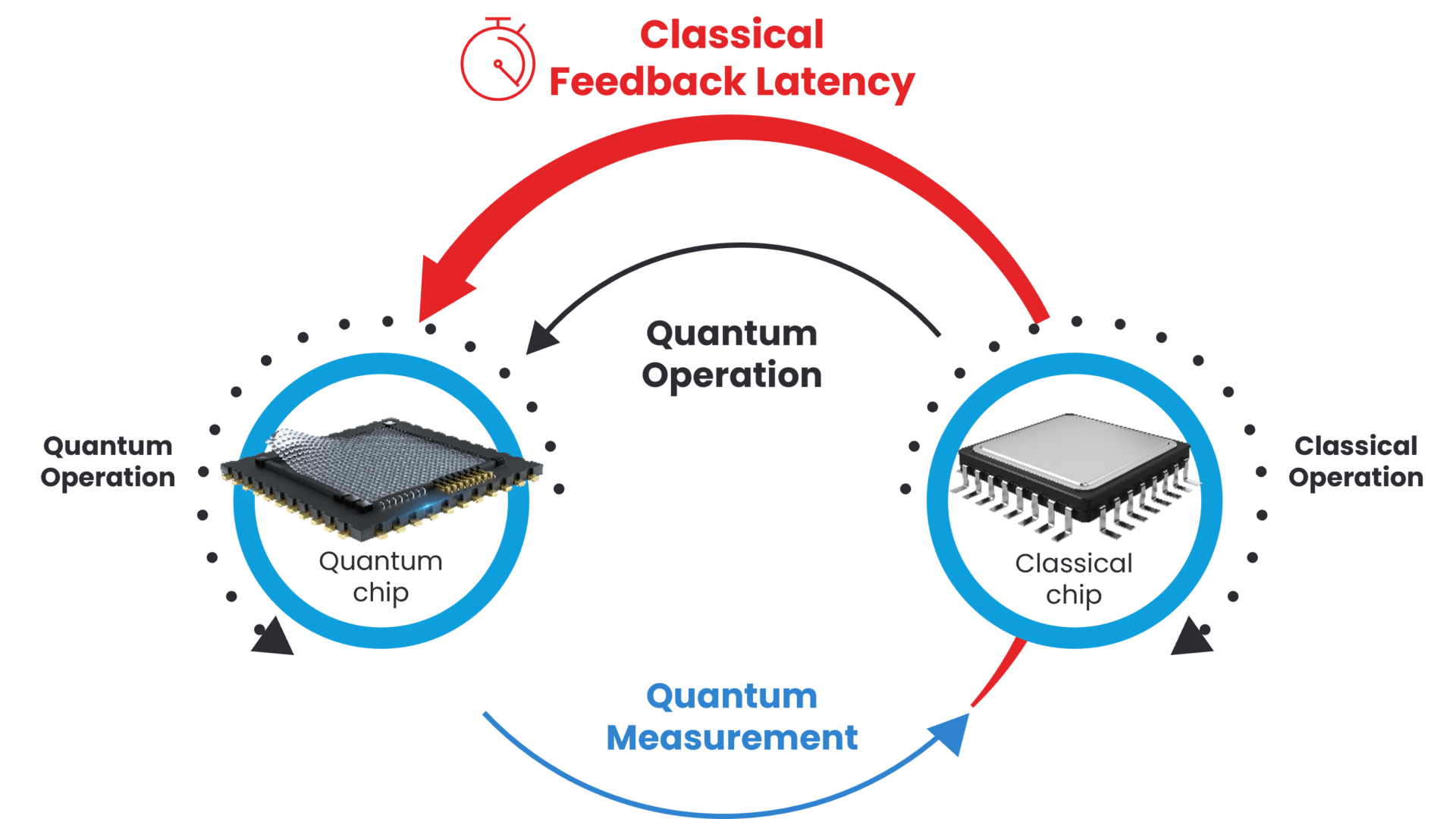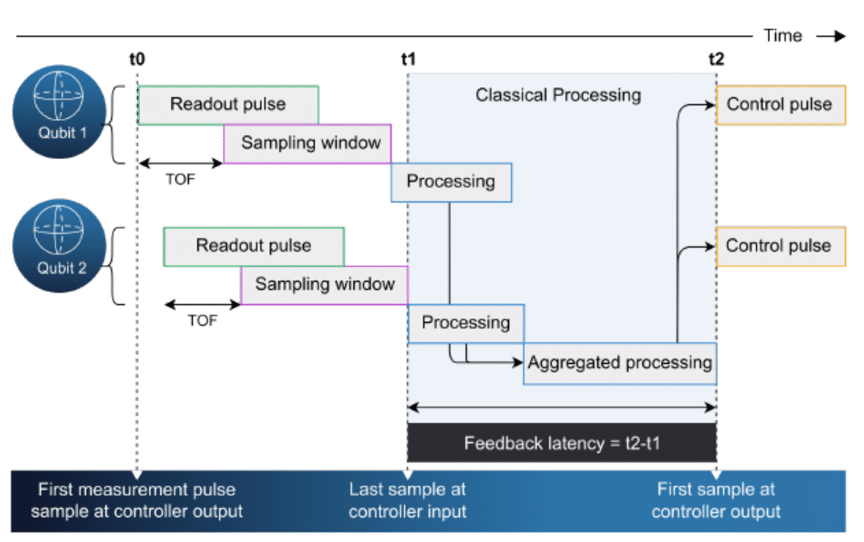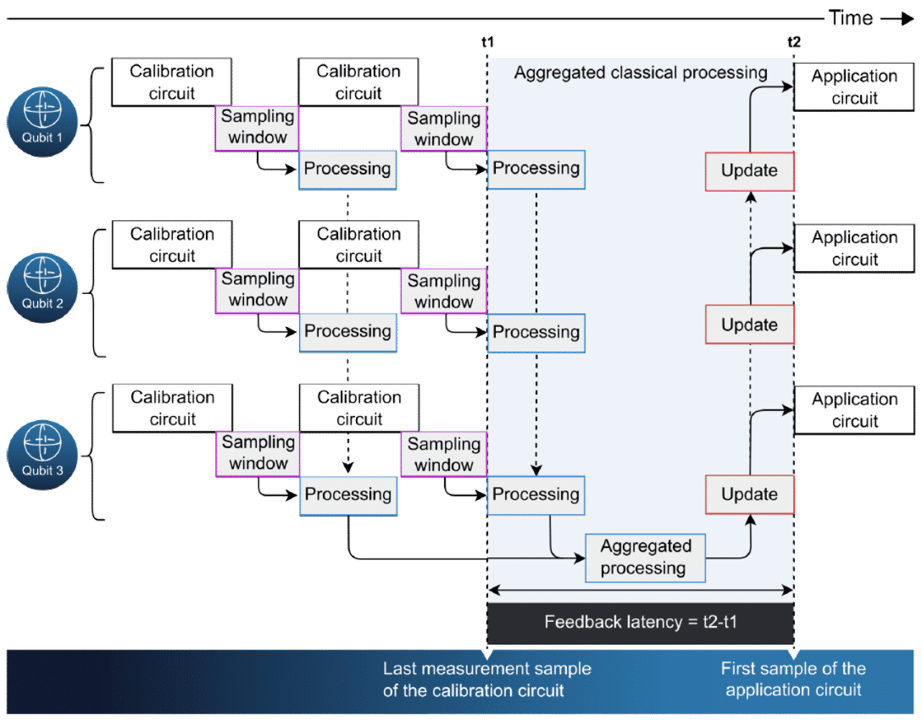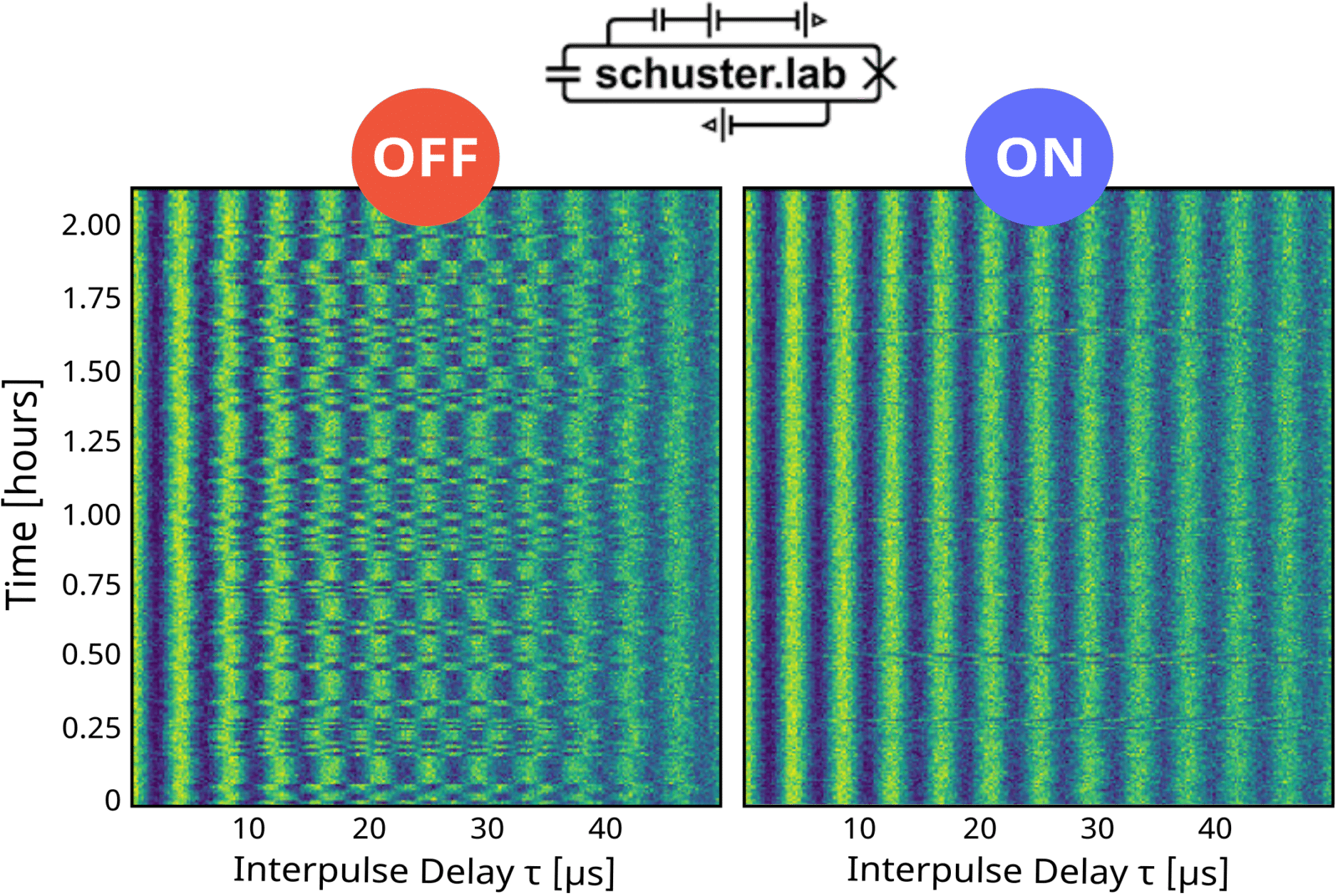Why Pulse-Level Quantum Control Benchmarking?
As quantum computers scale up in size and utility, the performance of control systems becomes a critical factor in making the best of any quantum processing unit. Existing gate-level benchmarks evaluate the overall performance of quantum computers but do not allow for individual assessment of the controller quality, which instead operates at the pulse level. At Quantum Machines, we proposed pulse-level metrics based on the operational feedback latency of the controller in its quantum-classical computation. These metrics aim at evaluating the quantum-classical integration and feedback capabilities of any quantum control technology, to push towards useful quantum computers.









